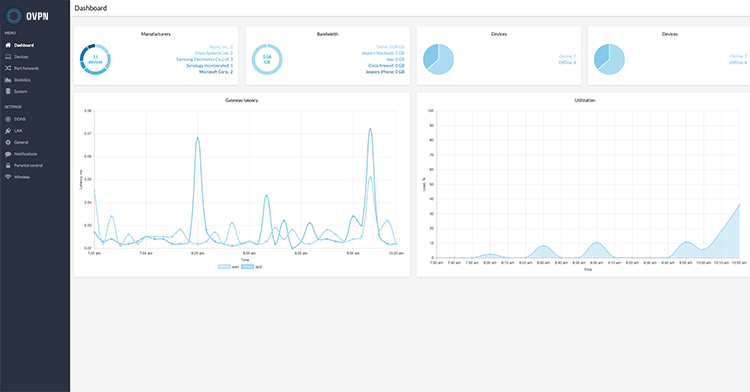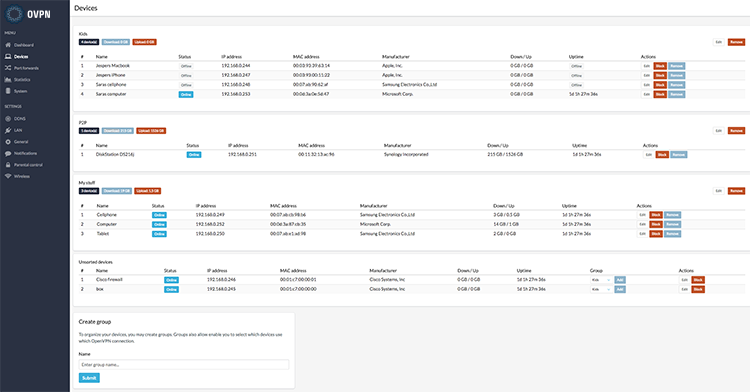It's been a while since we released an update for the OVPNbox and many have asked us for news. We've been hard at work preparing the new OVPNbox and today we are excited to finally shed some light on the future OVPNbox.
Migration from pfSense
The current OVPNbox uses pfSense for its basic features. While pfSense has many benefits, we've also noticed that it introduces some difficulties for simple and stable development. First of all, we've noticed that the codebase is poorly written and is also lacking a good API. Moreover, pfSense 2.5 will require AES-NI, which is not compatible with our hardware. While we understand why AES-NI will be required, it's not a good option for the future OVPNbox.
As we decided pfSense wasn't the way to go, we've tested an array of alternatives such as VyOS and DD-WRT. Finally, we ended up using LEDE for its well structured codebase, great documentation and powerful API. All future updates of the OVPNbox will use LEDE instead of pfSense.
To handle upgrades for current OVPNbox users, we've built a script that handles the migration while maintaining all of your settings. We will of course assist anyone in need of help via TeamViewer or phone.
Upcoming improvements
More than 500 people are using the OVPNbox daily, and we've received a lot of valuable feedback which has allowed us to focus on improving the bad parts in this next update. Below is a list of improvements in the new upgrade:
- New design and interface.
- Port forwarding is now possible via VPN tunnel and WAN.
- It's possible to manually specify the local IP-address for a device.
- Changed the standard subnet from 10.220.0.1/24 to 192.168.0.1/16.
- Devices no longer need to be restarted after moving them into a group.
- OpenVPN has been upgraded to 2.4.3.
- The LEDE interface will now mirror our interface and vice versa. This wasn't the case when we used pfSense and was a source of many bugs and errors.
New features
We will also introduce some new features in the coming update:
- Traffic for each device can now be seen instead of just traffic per group.
- A graph that shows the distribution of different devices. For example, you can now see how many devices in your network are made by Samsung, Apple, HP, etc.
- A graph showing latency to connected gateways (your ISP and all connected VPN tunnels).
- A graph that shows which devices use the most traffic.
- DDNS will be supported.
- Parental controls, where internet connections for certain devices can be turned off at certain times.
- Temporarily block the internet connection for a device.
- History for connected devices, where it's possible to see when the device first connected and at which time it was turned on or off.
- Notifications can be sent to your phone or e-mail warning you if a connection goes down.
- Graphs and statistics can now be shown for the hardware load.
Future features
In the future, we also want to introduce other features. Among them are:
- Set traffic priority (QoS).
- Integration to a browser extension in order to handle router settings, block web pages, and circumvent the VPN tunnel for certain web pages.
- Functionality so that a certain device can connect over WAN instead of a VPN tunnel for certain IP addresses.
- Deep packet inspection (DPI) to analyze what's going on in your network.
- Automatic blocking of intrusions (Intrusion prevention system).
Release date
We are currently counting on the upgrade being released for beta testing in November.



